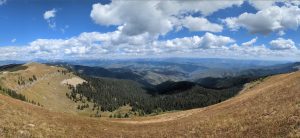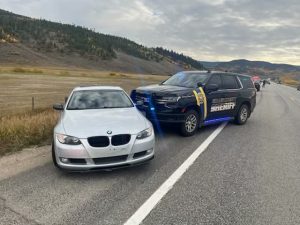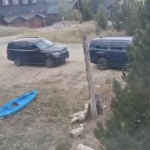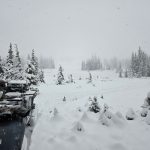OPINION: It’s time to halt the Roadless Rule rodeo
It's time to focus restoration, rather than pointless distractions
Writers on the Range
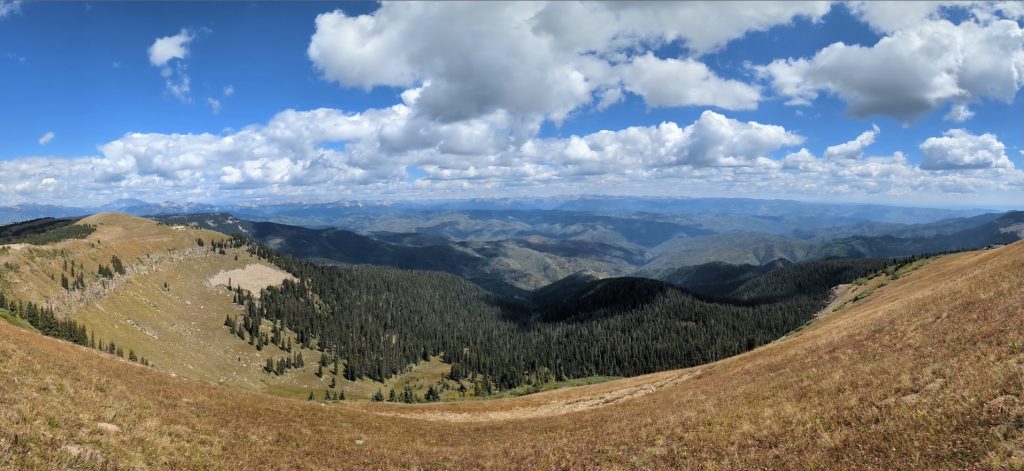
Writers on the Range/Courtesy photo
Grounded in common sense, the 2001 Roadless Rule that the Trump administration wants to eliminate has not been controversial for 24 years. Stirring up needless fights over public lands is more about smoke-and-mirrors than land management.
The Forest Service manages about 194 million acres. About 58 million acres of national forest are relatively undeveloped, and the rule applies to about 47 million acres. These lands are generally remote and rugged and defined by what they don’t have — roads. They’re mostly accessed by trail, except in winter when they might be approached with snowmobiles.
Since the Clinton Administration issued Roadless Area Conservation Policy directive in 2001, roadless lands have largely been left alone. No one has complained, as there is plenty of work to do elsewhere. Leeway for management was written into the Roadless Rule, allowing the U.S. Forest Service to manage roadless areas where conditions merit. The rule basically said it would no longer build new roads into pristine forests, focusing instead on maintaining its existing backlog of 370,000 miles of roads.
This was the status quo until U.S. Secretary of Agriculture Brooke L. Rollins announced on June 23, 2025 during a meeting of the Western Governors’ Association in Santa Fe, New Mexico, the U.S. Department of Agriculture is rescinding the rule.
So why is the current administration so eager to rehash pointless battles?
Perhaps this and other moves take our attention away from the current purges, budget and staff cuts that have left the agency a shambles. Perhaps the political appointees at the head of the Forest Service are themselves stuck in the past, trying to drive forward by looking in the rear-view mirror. In any case, there is a wiser way forward.
That is, to stop creating controversy where none exists. This September, the public was given just 21 days to weigh in on the government’s intent to repeal the rule.
The response demonstrated that no one was asking for the changes the Administration is pushing. Over 99 percent of the 183,000 comments submitted argued against removing the public land protection, according to the Center for Western Priorities, which evaluated the response.
The many conservationists who defend roadless areas tend to do so because these often-remote areas of our national forest are fine as they are and need to be left alone. They provide world-class wildlife habitat, havens for recreation and clean water.
High elevation roadless areas never had roads built through them for the simple reason that it’s grossly impractical to build roads there. To do so would require massive government subsidies — first to build the roads and then to maintain them after floods, wildfire or freezing wipes them away. Any frequent visitor to our national forests will tell you that many existing roads are fraught with ruts, deadfalls and washouts.
The administration’s attempt to rescind the Roadless Rule of 2001 is basically a distraction. It takes us away from dealing with the long and time-sensitive “to do” list that hangs over the Forest Service —managing wildfires, clearing trails, fighting flammable weeds, fixing access roads.
Likewise, the extensive trail system of the Forest Service badly needs tender loving care, as do its campgrounds and other infrastructure. Foresters will tell you that many of our national forests have become overgrown because of generations of fire suppression. They need selective logging. But the practical place to begin addressing that expensive but crucial need is at the interface of wildlands and developed lands.
Idaho, a Republican state with more roadless lands than just about any other state, decided to do its own analysis of roadless lands during the 1990s. Idaho found it was fiscal folly to build roads on 99 percent of Idaho’s roadless lands. For context, the review also revealed that Idaho roadless areas support some of the state’s best big game hunting while also providing cold, clear water that native trout, salmon and steelhead need to spawn.
Moreover, the roadless lands tended to be poor at growing trees. Finally, Idaho’s review called for strict protections of some of its roadless lands—stricter that what was allowed by the Clinton Administration.
Most Americans want our national forests to be well managed and open for people to enjoy. Roads are an important part of that. But pushing to build new roads in our most rugged areas is a fool’s errand and not a serious solution.
Let’s restore the national forests, trails and access roads that we’ve allowed to deteriorate.
Ben Long is an outdoorsman, conservationist and longtime contributor to Writers on the Range, writersontherange.org, an independent nonprofit dedicated to spurring lively conversation about the West. He lives in Kalispell, Montana.


Support Local Journalism

Support Local Journalism
The Sky-Hi News strives to deliver powerful stories that spark emotion and focus on the place we live.
Over the past year, contributions from readers like you helped to fund some of our most important reporting, including coverage of the East Troublesome Fire.
If you value local journalism, consider making a contribution to our newsroom in support of the work we do.
